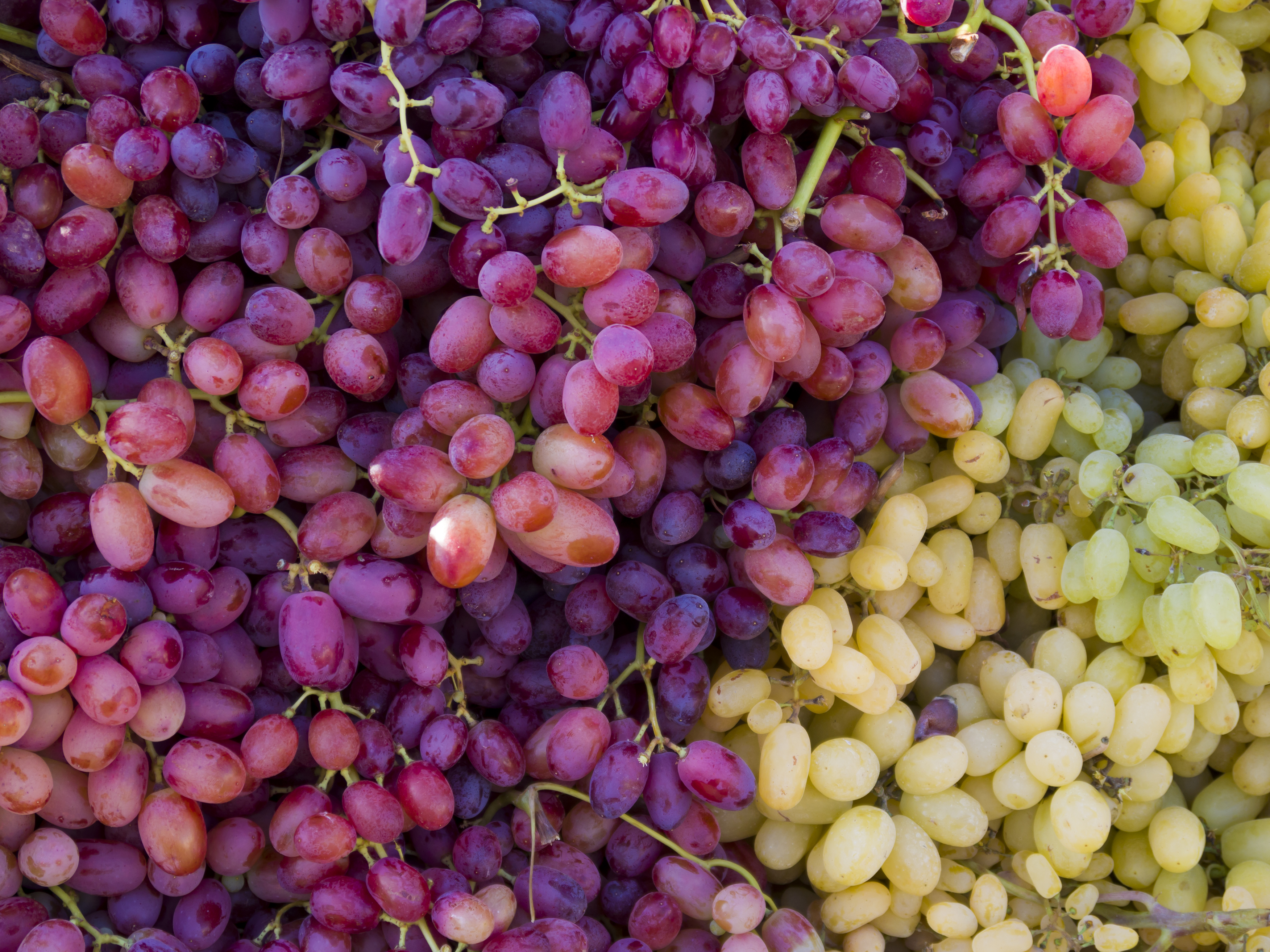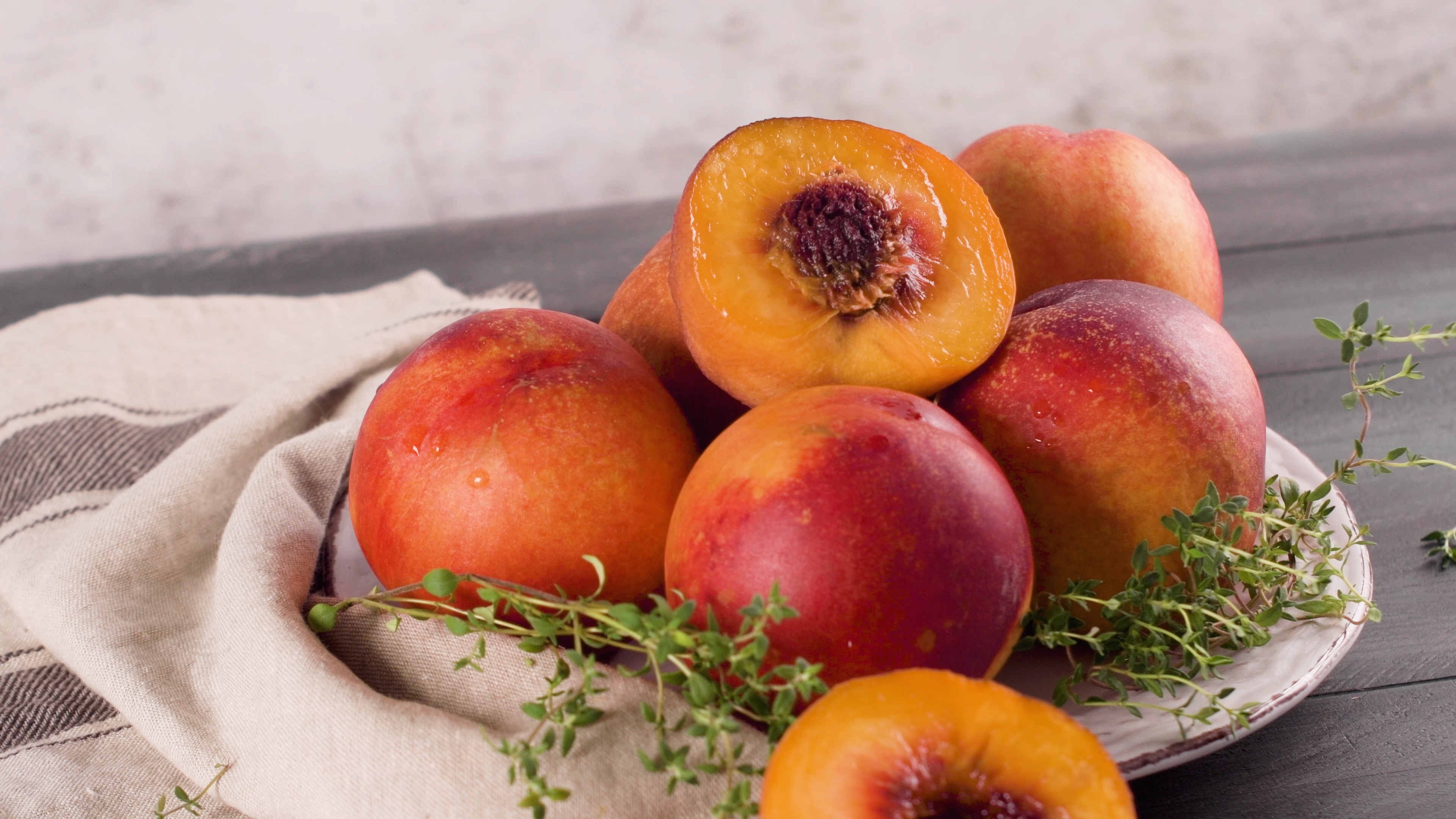The Most Chemically Treated Fruits and Veggies You Should Really Avoid
3. Grapes: A Juicy Dilemma

Grapes, both domestic and imported, are regularly treated with a variety of pesticides to combat pests and diseases. The thin skin of grapes offers little barrier to chemical absorption, and washing does not fully eliminate residues. This is particularly concerning for wine production, where pesticide residues can concentrate during fermentation. Research has pointed to potential health risks associated with chronic exposure to these chemicals, including reproductive and developmental issues. The dilemma with grapes highlights the complexity of balancing crop protection with consumer health, urging a shift towards more sustainable agricultural practices.
4. Peaches and Nectarines: The Stone Fruit Challenge

Peaches and nectarines, with their soft and fuzzy skins, are highly susceptible to pests and diseases, requiring extensive pesticide use. Their delicate skin absorbs chemicals, making it difficult to wash them off completely. This poses a significant challenge for consumers who enjoy these juicy fruits. Studies have shown that organic peaches and nectarines have significantly lower pesticide residues, offering a safer alternative. The stone fruit challenge emphasizes the need for developing integrated pest management strategies that reduce chemical dependency while maintaining crop yield and quality.
